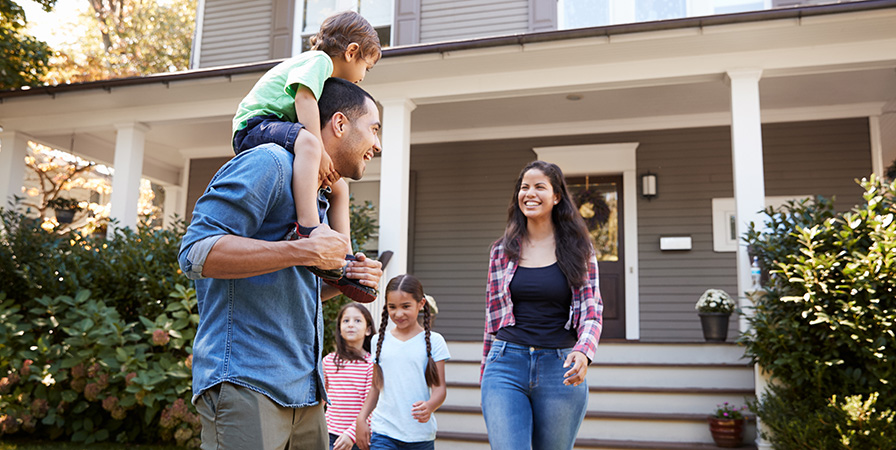There are several government programs designed to make purchasing your new home more affordable and manageable for first-time homebuyers. From using your RRSPs towards your down payment, to shared-equity mortgages and tax credits, discover ways to save.
The home buyers’ plan.
A great way to source funding for your mortgage is through the Canadian Governments Home Buyers’ Plan (HBP), which lets first-time property buyers access up to $35,000 tax-free from their Registered Retirement Savings Plan (RRSP). If you’re purchasing a home with another first-time buyer, they can also access funds from their RRSP. You need to remember that this money is a loan and must be repaid within 15 years.
The home buyers’ plan criteria:
- RRSP funds must be in your account 90 days prior to withdrawal
- You cannot have owned a home in the last 4 years
- If you’re buying with a spouse, you can’t have lived in their home in the last 4 years
- You have entered into a written agreement to buy or build a home
- You must intend to make the home your primary residence within 1 year of purchase
- If you have used the HBP previously, you cannot have any previous balances
- You must withdrawal from your RRSP within 30 days of taking the title of your home
- You must be a Canadian citizen
Government programs change from time-to-time, so for the most up-to-date information, please visit the Government of Canada website.
The first-time home buyers’ incentive.
Another program that you may want to take advantage of is the First-Time Home Buyer Incentive (FTHBI) offered through the Canada Housing Mortgage Corporation (CHMC). Essentially, qualified first-time homebuyers can apply for what is called a shared-equity mortgage, allowing you to borrow 5 or 10% of the purchase price of your home to go towards your mortgage down payment.
This FTHBI loan must be repaid within 25 years or when the property is sold. A shared-equity mortgage means that the CHMC would own equity in your home based on the amount lent. That means they would also participate in any gain or loss in the property’s value. For example. If you bought a $450,000 home with the assistance of a 10% FTHBI loan ($45,000), and sold that property a few years later for $500,000, you would need to payback 10% of the current value, so $50,000.
Government programs change from time-to-time, so for the most up-to-date information and eligibility requirements, please visit the Government of Canada website.
The first-time home buyers’ tax credit.
The First-Time Home Buyers’ Tax Credit, also known as the Home Buyers’ Amount, helps to reduce your income through a federal non-refundable tax credit. You can claim $5,000 for the purchase of a qualifying home as long as (1) you or your spouse or common-law partner acquired a qualifying home, and (2) you did not live in another home owned by you or your spouse or common-law partner in the year of acquisition or in any of the four preceding years (first-time home buyer).
Government programs change from time-to-time, so for the most up-to-date information and instructions how to apply, please visit the Government of Canada website.


